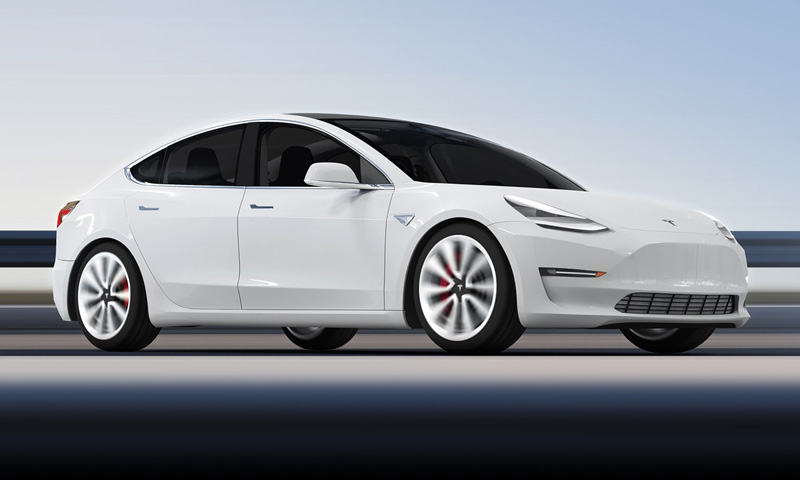
Introduction
In a recent incident that took place in Pennsylvania, a Tesla vehicle on Autopilot mode collided with a parked truck. Law enforcement officials have reported the accident and are investigating the circumstances surrounding it. This incident highlights the ongoing discussion about the safety and reliability of autonomous driving technology. In this article, we will delve into the details of the incident, explore the challenges faced by autonomous vehicles, and discuss how Tesla and other manufacturers are working to improve safety measures.
Understanding the Incident
According to the police report, the Tesla vehicle was operating in Autopilot mode when it crashed into a parked truck. Thankfully, no injuries were reported, but the incident serves as a reminder that even advanced autonomous systems are not infallible. It is crucial to analyze the factors leading to such accidents to prevent future occurrences.
The Challenges of Autonomous Driving
Autonomous driving technology has come a long way, but it still faces several challenges. Some of the key obstacles include:
1. Limited Environmental Perception
Autonomous vehicles rely on sensors, cameras, and other technologies to perceive their surroundings. However, these systems can sometimes be affected by adverse weather conditions such as heavy rain, fog, or snow. Additionally, challenges arise when navigating through complex urban environments with numerous variables, including pedestrians, cyclists, and unpredictable traffic patterns.
2. Human and Machine Interaction
The interaction between human drivers and autonomous systems is a critical aspect of ensuring safety. Transitioning control between human drivers and autonomous modes can lead to confusion or complacency. It is essential to establish clear guidelines and educate drivers about the capabilities and limitations of autonomous driving systems.
3. Continuous Learning and Adaptation
To enhance the capabilities of autonomous driving systems, continuous learning and adaptation are crucial. Manufacturers need to collect data from real-world scenarios to refine their algorithms and make the systems more robust. Regular software updates and improvements are necessary to address potential vulnerabilities and edge cases.
Tesla’s Commitment to Safety
Tesla, a prominent player in the autonomous driving industry, has been at the forefront of developing and refining self-driving technology. The company has implemented several safety measures to mitigate risks associated with Autopilot mode. Some of these initiatives include:
1. Redundant Sensor Systems
Tesla vehicles are equipped with redundant sensor systems, including cameras, radar, and ultrasonic sensors. This redundancy allows for cross-validation of data and helps to ensure accurate perception of the surrounding environment.
2. Enhanced Autopilot Features
Tesla’s Autopilot system is designed to assist drivers, providing features such as adaptive cruise control, lane-keeping assistance, and automatic emergency braking. These features are aimed at reducing the likelihood of accidents and enhancing overall safety on the road.
3. Over-the-Air Updates
One of Tesla’s unique advantages is its ability to deliver over-the-air software updates to its vehicles. This allows the company to address potential vulnerabilities, introduce new features, and improve the performance of autonomous driving systems without requiring physical modifications.
The Path to Safer Autonomous Driving
The incident involving the Tesla on Autopilot serves as a reminder that safety remains a top priority in the development and deployment of autonomous driving technology. Manufacturers and regulators must collaborate to establish robust safety standards and guidelines. Some key steps to ensure safer autonomous driving include:
1. Rigorous Testing and Validation
Autonomous driving systems should undergo extensive testing in various real-world scenarios before being deployed on public roads.
